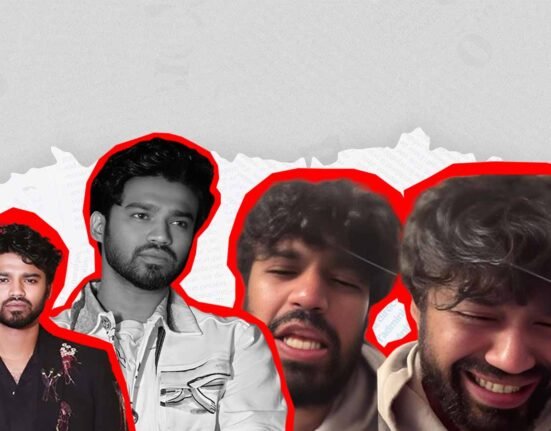Mental Health illnesses are a global phenomenon and the conditions are increasing worldwide. Due to demographic changes, there has been an increase of 13% in mental health conditions and substance abuse in the last decade. With 20% of global children and adolescents have a mental health condition, and suicide being 2nd most cause of death for the age group between 15-29 years. And one for every five people is in post-conflict settings has a mental health condition.
At least a quarter of Pakistan’s population lives below the poverty line; as estimated by the Asian Development Bank. In India’s cause of pandemic, the Pew Research Centre analysis shows that 32 million of the population belonging to the middle class in India have shrunk when compared to the number in the absence of pandemic. The number of poor people (earning less than $2 or less a day) is now estimated to have increased by 75 million. There is a relationship found between poverty and poor physical health that is known to many. However, little to no attention is paid to the psychological problems which are of results stemming from poverty. To realize this gap of inequality, the World Federation for Mental Health themed ‘Mental Health in an Unequal World’ for this year’s World Mental Health Day. The traumas of mental health don’t just arise out of having material deprivation but also due to self-perception that one has less in comparison to others. With the little research studies on relation to compound associations between experienced stigma, mental illness, and poverty, especially in low-income countries. While job loss or income deprivation is linked to major risk factors for a person to go through mental health issues in high-income countries. Poor mental health issues are of the direct link with poverty during the recent economic crisis in middle-income countries and low-income countries, specifically in South Asian Countries. A Youth living with poverty faces a myriad of psychological problems; like compromised cognition resulting in poor academic performance, school dropouts, and reduced productivity. Which entrapped them in a vicious cycle of poverty by preventing them to get secure jobs with stable incomes and achieve their full earning potential. COVID led to mass migration, job losses, and lower-income gain pushing the economy to deep recession. The multidimensional poverty being higher for persons with severe mental issues (PMSI) also indicates higher for women and SC/ST/OBC. Deprivation of employment and income factors appear to be major contributing factors in aggravating causes for mental illness.
In present times with ease of accessing social media has made even more pronounced the comparison of material possessions of the wealthy lifestyle shared on the net who are mostly from the privileged; drawing unhealthy ways to the perception of youth with their quality of life. This produces more sense of deprivation, resentment, despair and eventually leads up to facing mental health problems. Many, who can’t healthily deal with these thoughts, often resort to unhealthy behaviors such as substance abuse. And the displacement of stress in form of anger/aggression results in having a dysfunctional interpersonal relationship which contributes to an increase in domestic violence and divorces. All these lead youth from the impoverished community to be in criminal gangs, with increases in violent crimes, encountering law enforcement, and subsequent incarceration. Coupled with stigma and illiteracy of mental health, one from poverty affected by mental illness is also vulnerable to receive abuse.
The government poverty alleviation schemes such as Indira Awass Yojana, Food for Work Programme, MGNREGA, Pradhan Mantri Kaushal Vikas Yojana, are a good initiative but their impact is still limited; since they have been left out to address psychological problems which prevent the affectees from escaping from the vicious poverty cycle.












Leave feedback about this